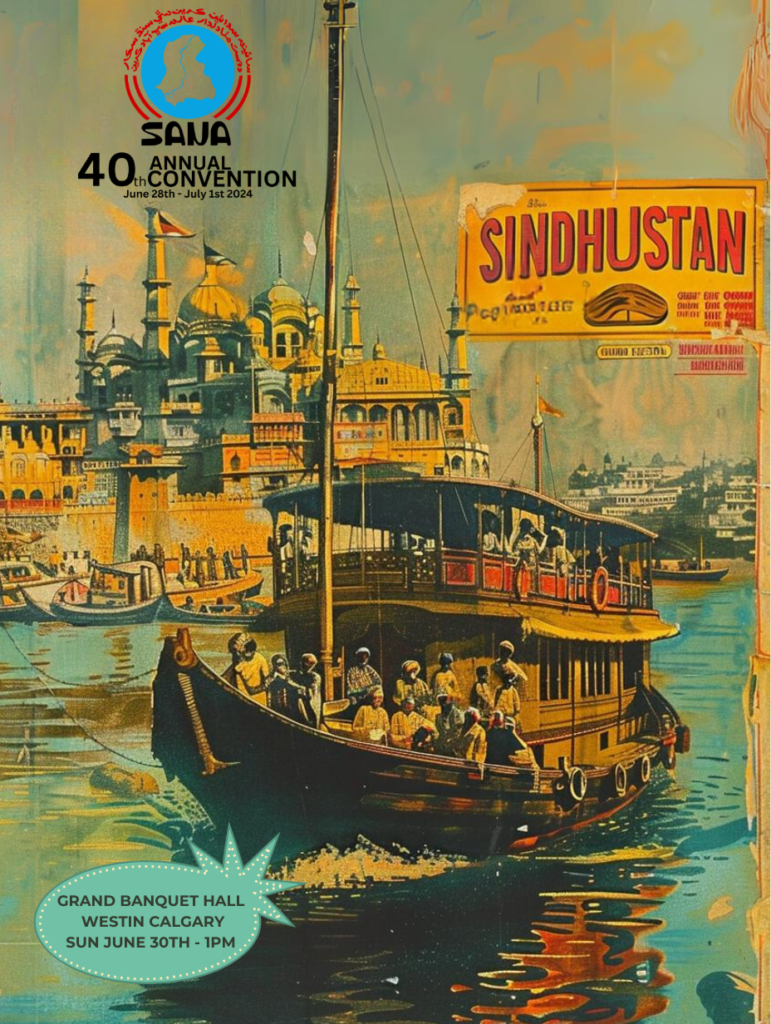Sindhustan
- Home
- Contact us

Synopsis
I was 36 when I realized I was a daughter of a refugee. I remember being at concert in Mumbai and watching some Sufi Fakirs from Sindh perform, I was so blown away, I ran home and googled Sindh for the first time. When I found out Sindhi migration was the largest migration of a culture in history and I being a Sindhi had no idea, I knew it was time to start.
What is Sindh?
In 1947 when India was partitioned, Punjab and Bengal were divided but Sindh was left intact in Pakistan. In the province, it was believed that nothing would change – the Hindus had been a minority for centuries, they were the ones with the wealth and power. However, when the time came, the best they could do was escape with their lives. Hordes of prosperous people became homeless and penniless overnight. A large majority had never left Sindh before. They crossed the new border to settle in unfamiliar lands with unfamiliar food, language and customs, stepping from a zone of sparse rain into monsoon country
There are lots of books written on Sindh and loads of information online but I did not want my film to be a history lesson. It took me 2 years to figure out how I want to tell my story. This moment with my grandma came to mind. I had just started getting inked And remember covering myself to meet my grandmother for lunch one day. She looked at me and called me old fashioned. I couldn’t believe a 70 year old woman was calling me old fashioned. She told me when we first came on this planet we lived in tribes we didn’t have borders and governments and countries. We had extended families and all had their own markings. “When I see you I see you are going back to your roots and that makes me very happy.”
It was evident that ink was going to be the ink I would write their stories with.
I figured, the best way to tell this story was to become the story.
My documentary includes many stories. Some from India and some from Sindh (which now lies in Pakistan) along with mine illustrating their journey on my skin. I aim at inking my legs using an art form from Sindh (Ajrak) and one from India (Madhubani) to tell the story of a land carried on the shoulders of its people and not rooted in any soil.
My legs, symbolising our journey and my feet, the lack of our roots.
“no one leaves home unless
home is the mouth of a shark
you only run for the border
when you see the whole city running as well”
– Warsan Shire
